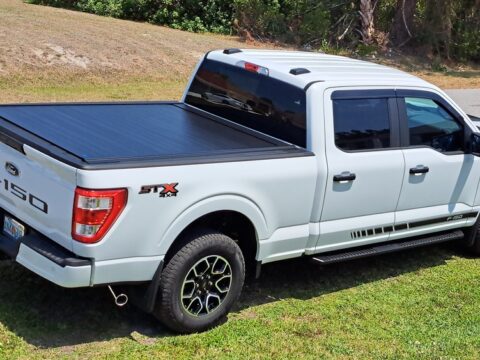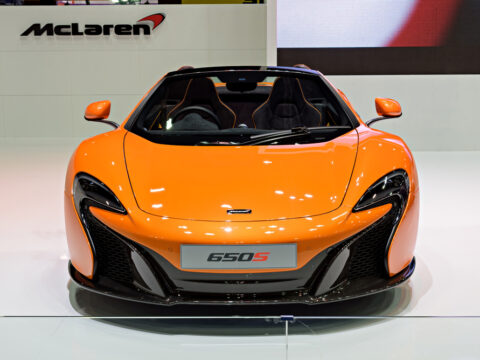Some car engines are notorious for their high maintenance costs and frequent breakdowns. From the Cadillac V8-6-4 to the Volkswagen 2.0L TSI, these engines have faced numerous reliability issues, leading to costly repairs and owner frustration. Here’s a look at 20 of the worst car engines ever made, highlighting their major design flaws and common problems.
Contents
Cadillac V8-6-4
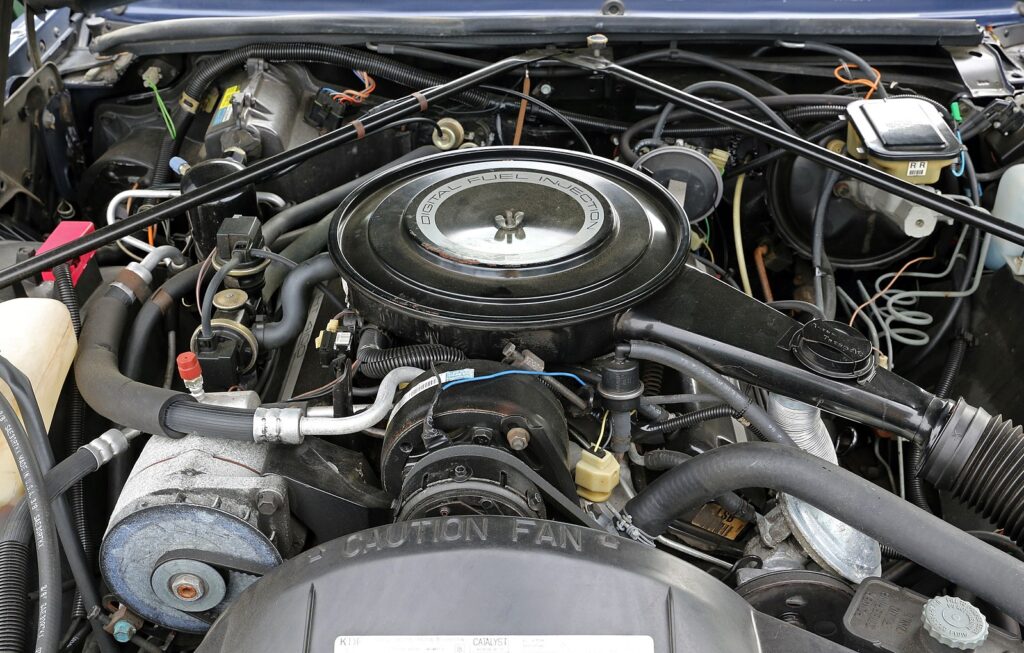
The Cadillac V8-6-4 engine from the early 1980s was an ambitious attempt to improve fuel efficiency by deactivating cylinders when not needed. However, the engine’s complex electronics often failed, causing misfires and poor performance. This design flaw led to frequent trips to the repair shop and high maintenance costs, ultimately damaging Cadillac’s reputation.
AMC V8 (1970-1980)
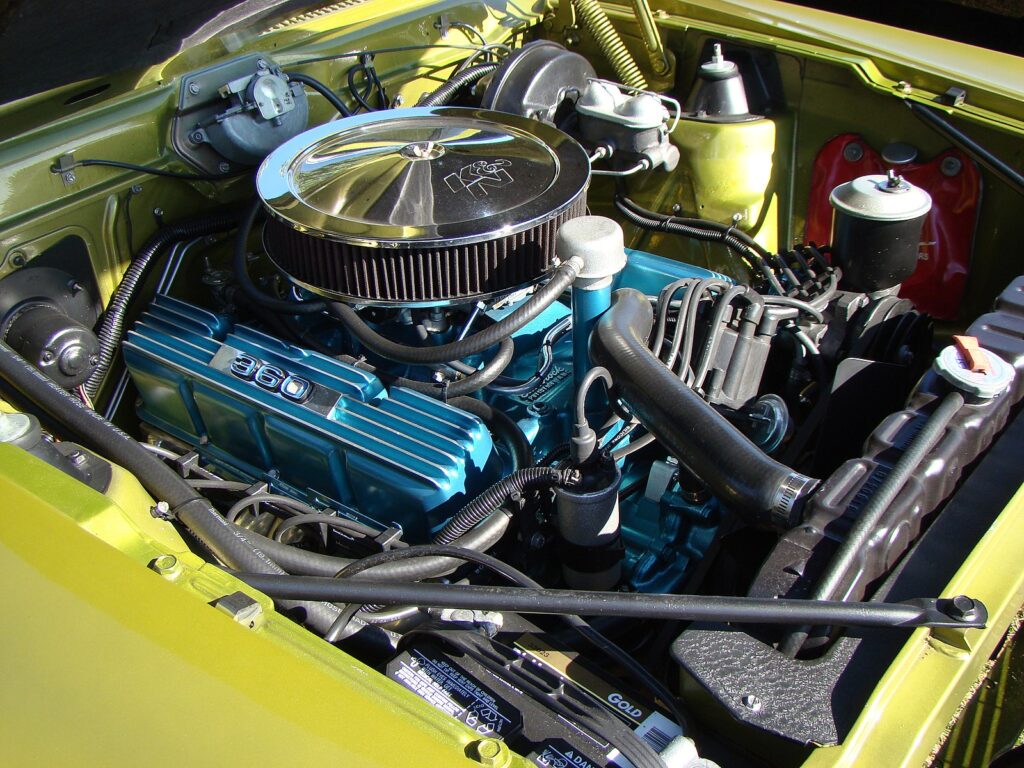
AMC’s V8 engine from the 1970s suffered from severe oil leaks and head gasket failures. The engine’s poor build quality and outdated design made it unreliable and prone to overheating. These issues often led to costly repairs and frequent breakdowns, making the AMC V8 one of the least reliable engines of its time.
Chevrolet Vega Aluminum Engine
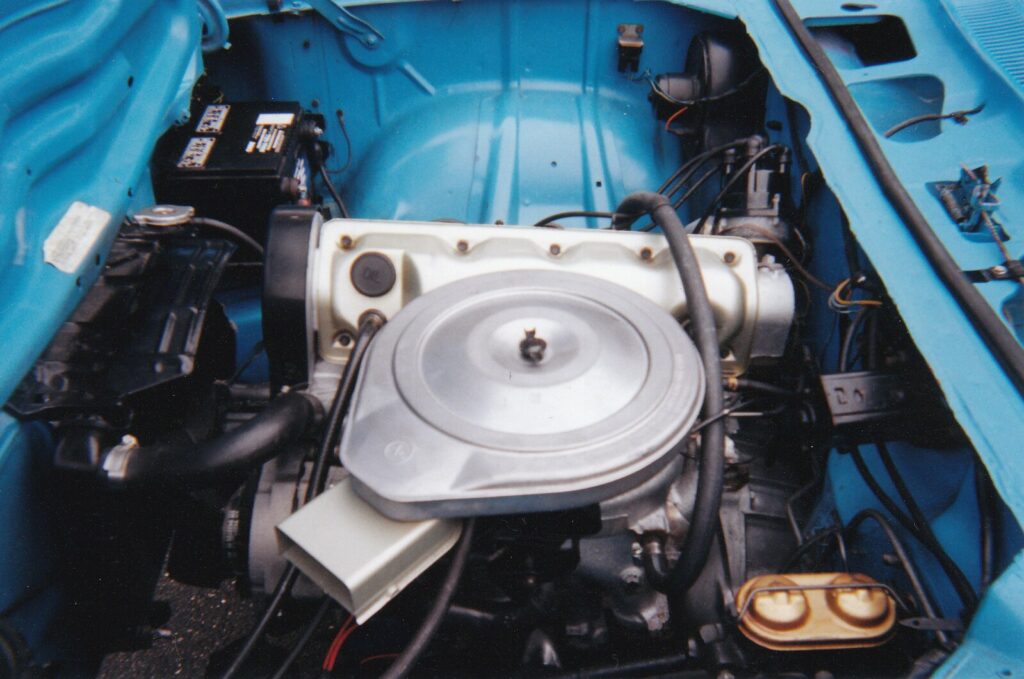
The Chevrolet Vega’s aluminum engine was plagued by reliability issues from the start. The engine suffered from poor cooling, leading to frequent overheating and head gasket failures. Its aluminum block was prone to warping and cracking, resulting in high repair costs and a short lifespan.
Ford 3.8L V6
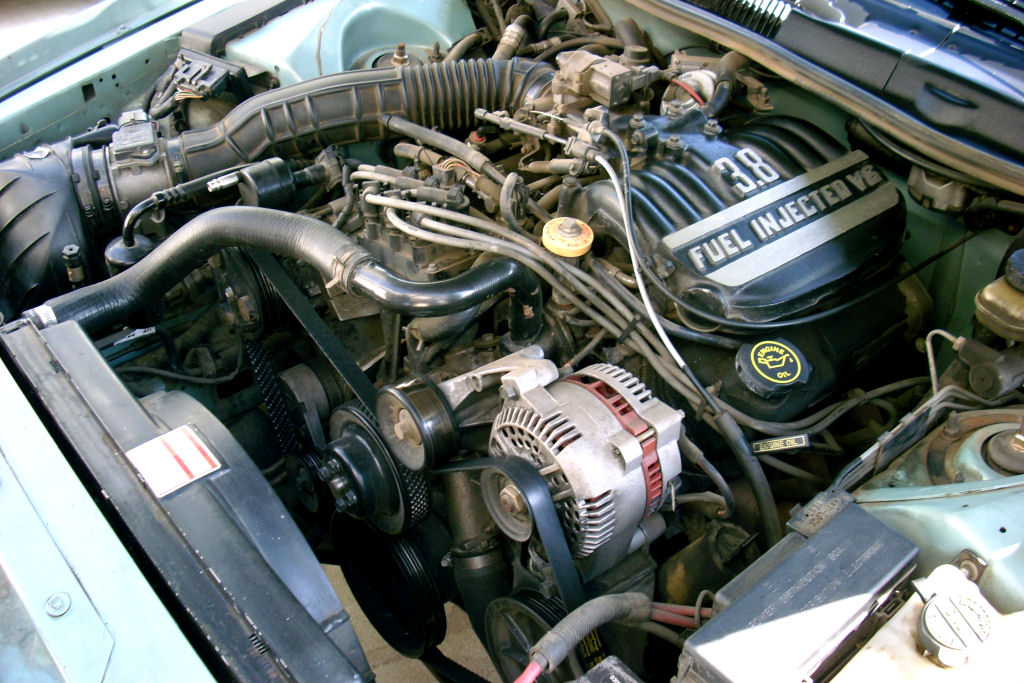
The Ford 3.8L V6 engine, used in models like the Taurus and Windstar, was notorious for its head gasket failures. The engine’s poor design caused coolant leaks, leading to overheating and engine damage. Repairing the head gasket was expensive, making this engine a costly burden for owners.
Chrysler 2.7L V6
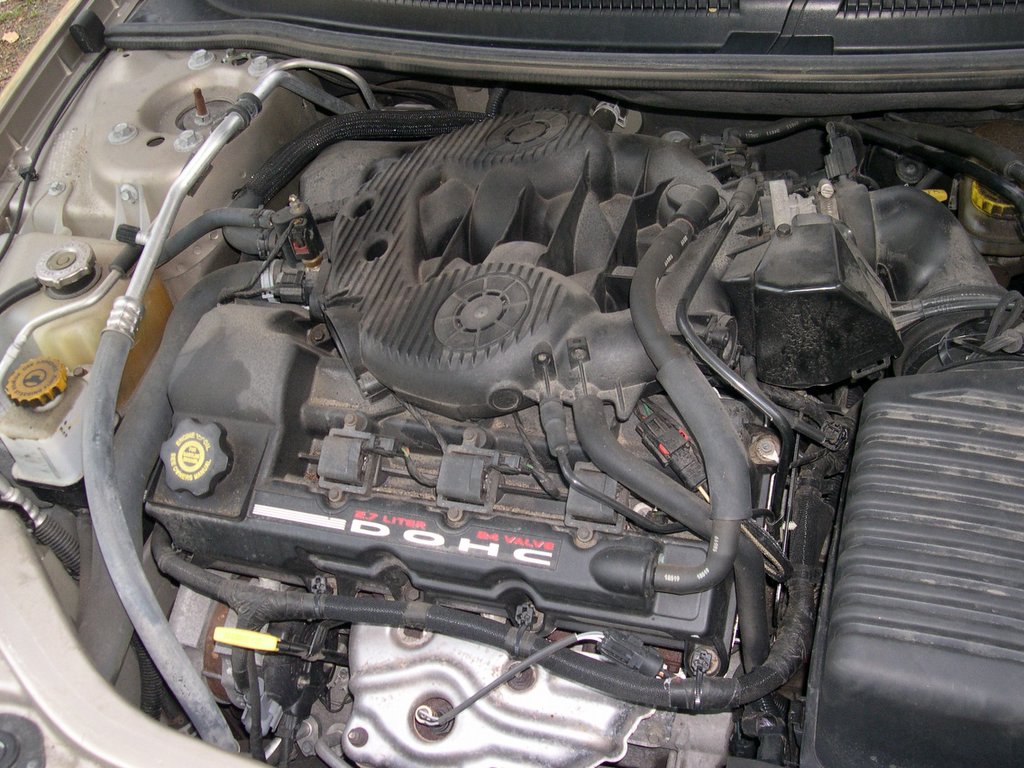
Chrysler’s 2.7L V6 engine was known for its oil sludge issues, which often led to engine failure. The engine’s poor design and inadequate oil passages caused sludge buildup, leading to poor lubrication and catastrophic engine damage. These frequent failures resulted in high repair costs and a tarnished reputation for Chrysler.
Volkswagen 1.8T
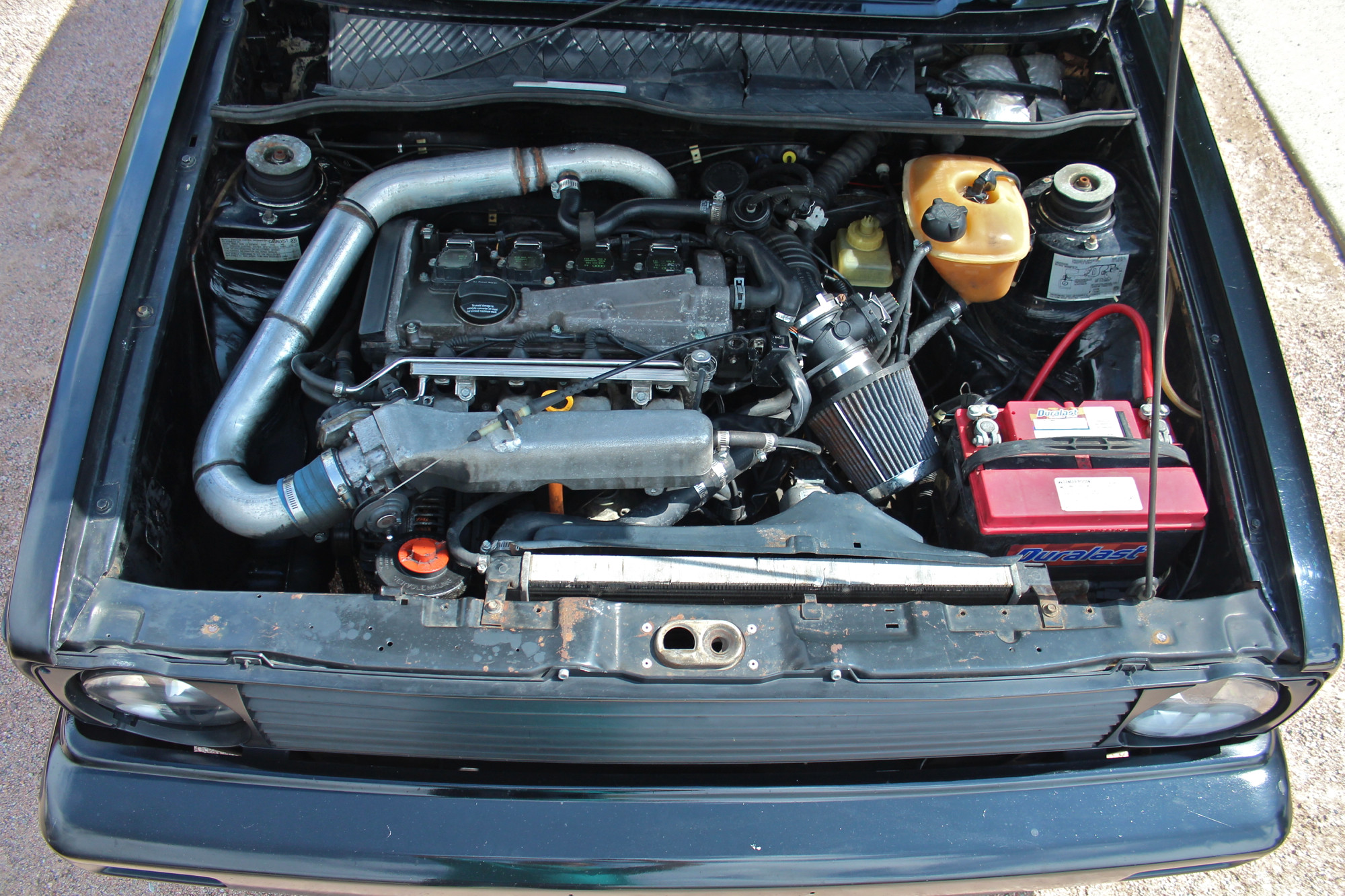
The Volkswagen 1.8T engine, found in models like the Passat and Jetta, suffered from oil sludge problems and failed timing belts. The engine’s small oil passages led to sludge buildup, causing poor lubrication and eventual engine failure. Additionally, the timing belt often failed prematurely, leading to expensive repairs.
Mazda Rotary (Wankel) Engine
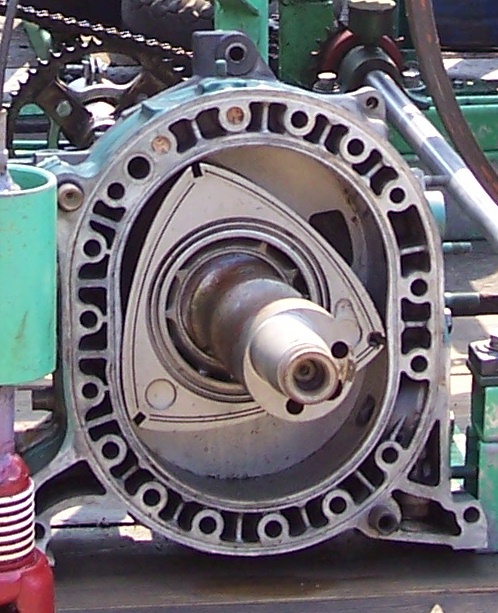
The Mazda rotary (Wankel) engine, used in the RX-7 and RX-8, was innovative but plagued by poor fuel economy and frequent apex seal failures. The engine’s unique design made it difficult to maintain, and its propensity for burning oil led to high maintenance costs and reduced reliability.
GM 2.4L Ecotec
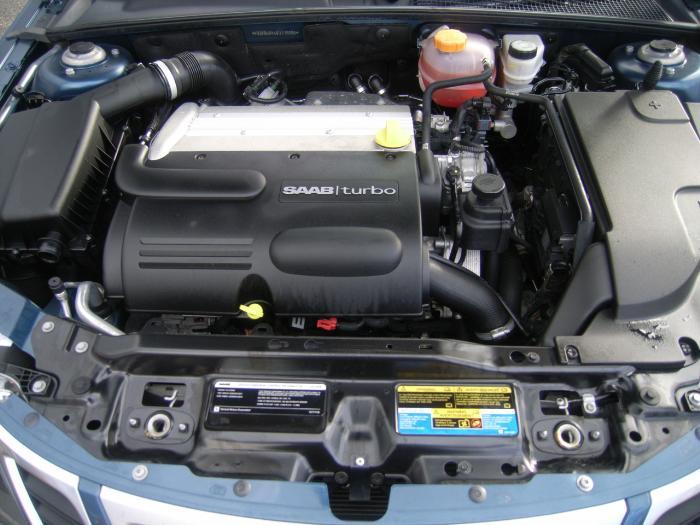
The GM 2.4L Ecotec engine, used in models like the Chevrolet Equinox and Pontiac G6, suffered from timing chain failures and excessive oil consumption. The engine’s poor design led to premature timing chain wear, resulting in expensive repairs and potential engine damage.
Subaru 2.5L Turbo
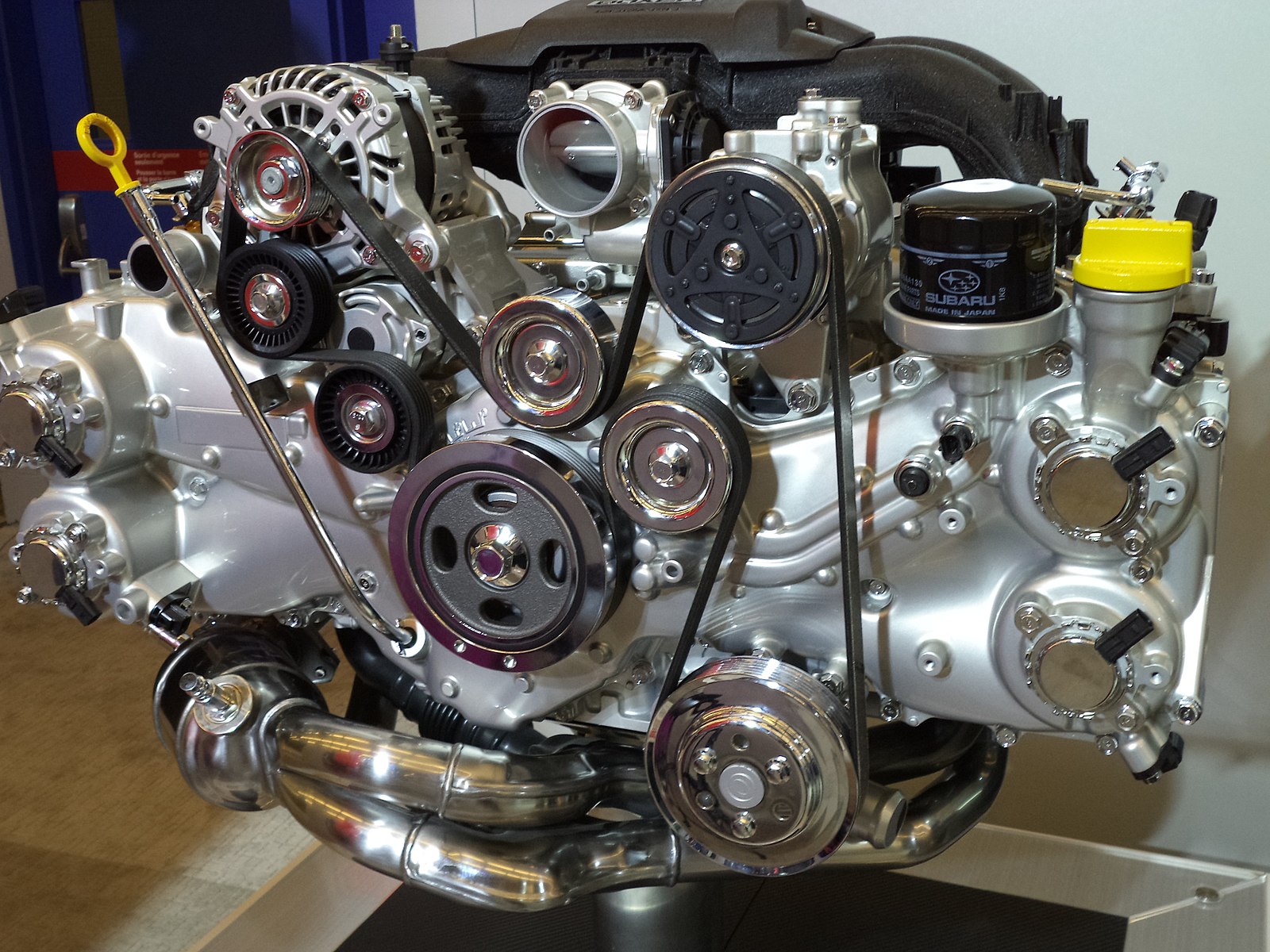
Subaru’s 2.5L turbo engine, found in models like the WRX and Forester, was notorious for head gasket failures and oil consumption issues. The engine’s poor head gasket design led to frequent coolant leaks and overheating, resulting in costly repairs. Additionally, excessive oil consumption was a common problem.
Jaguar V12
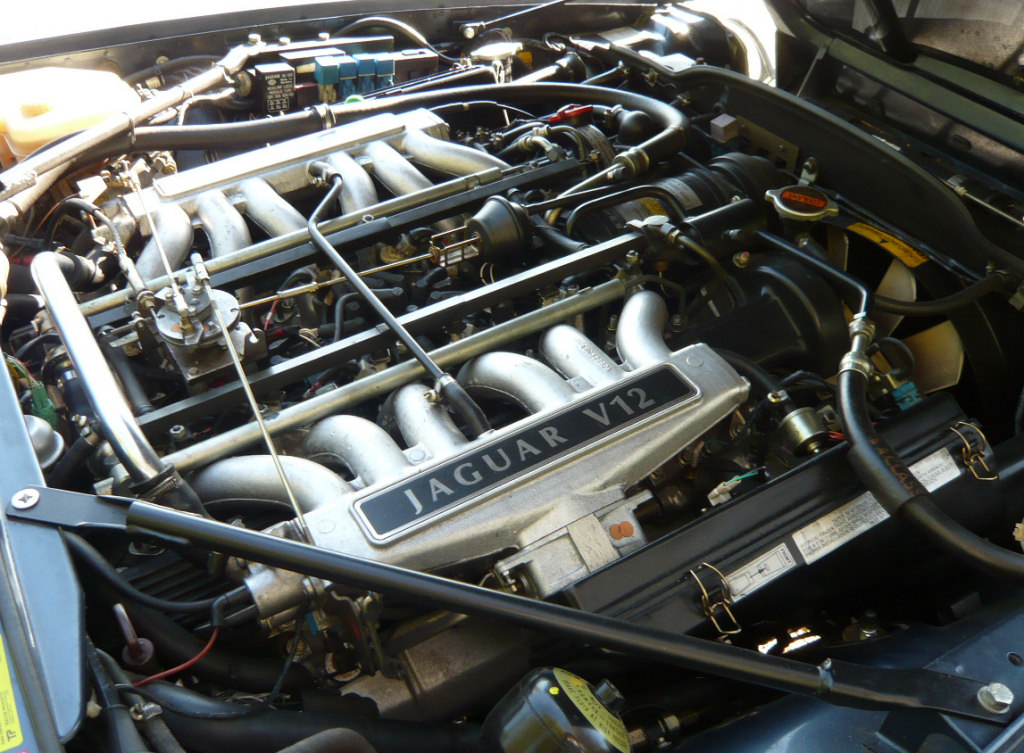
The Jaguar V12 engine, used in models like the XJ12 and E-Type, was known for its poor reliability and high maintenance costs. The engine’s complex design made it prone to overheating and oil leaks, leading to frequent repairs. Additionally, the V12’s fuel consumption was excessive, making it an expensive engine to own and maintain.
Mitsubishi 3.0L V6
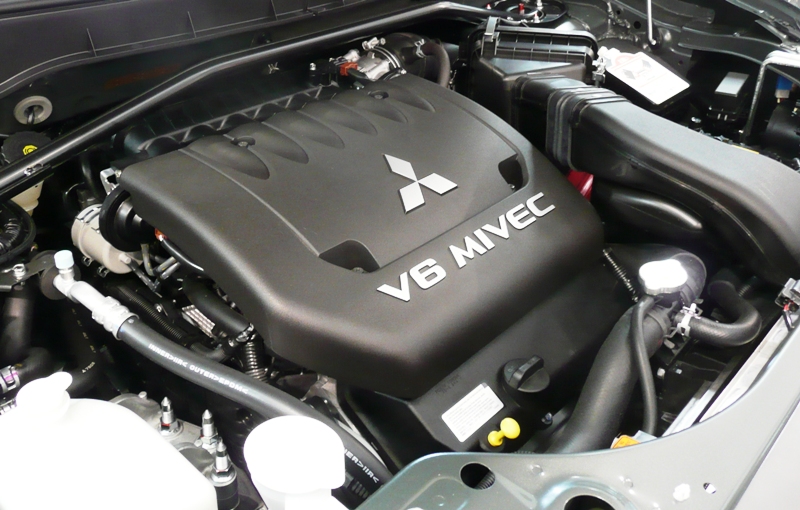
The Mitsubishi 3.0L V6 engine, used in models like the Montero and 3000GT, suffered from valve guide issues and excessive oil consumption. The engine’s poor design led to premature wear of the valve guides, resulting in oil leaks and reduced performance. These issues often required expensive repairs.
Renault 1.9L dCi
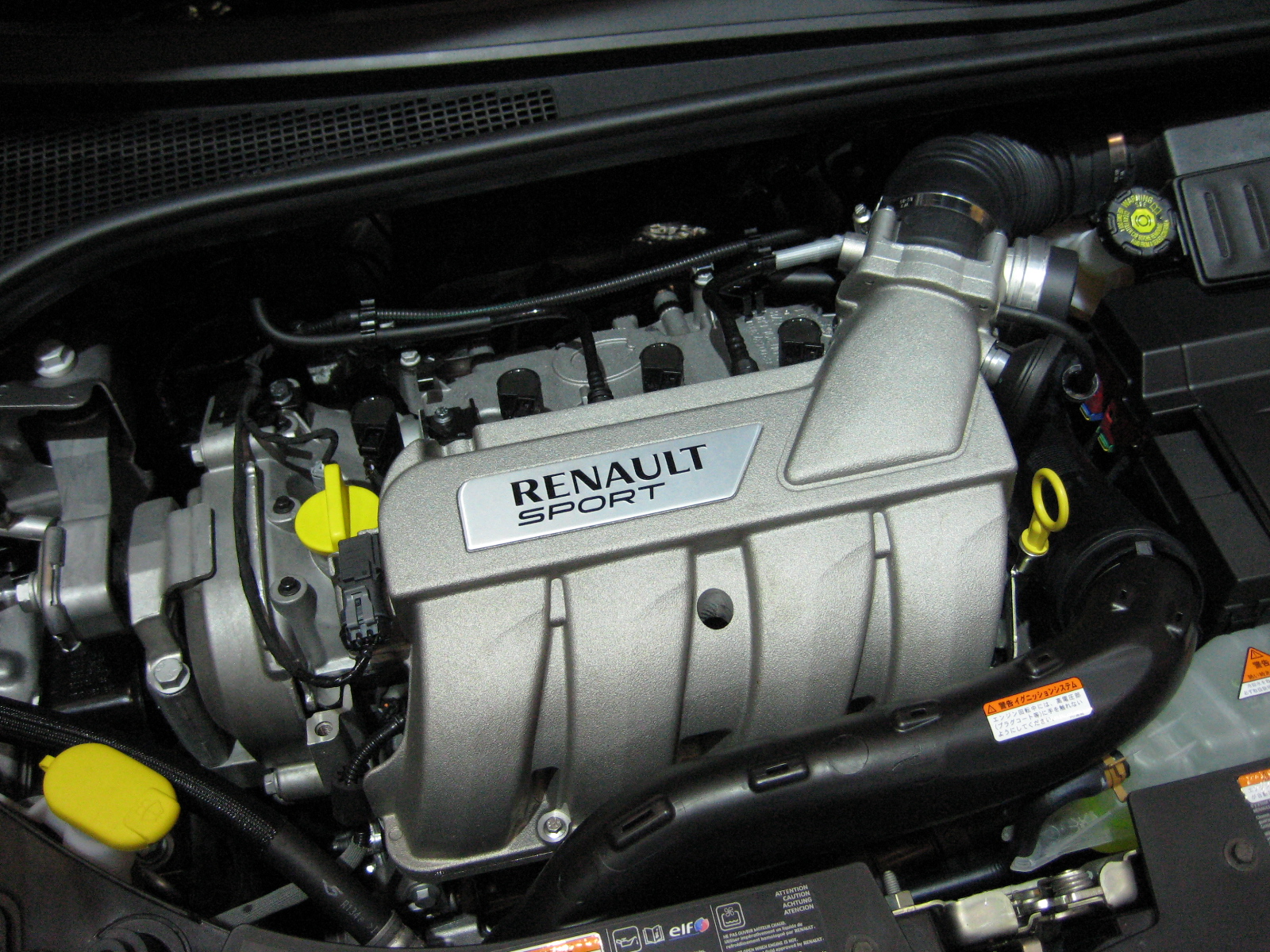
Renault’s 1.9L dCi diesel engine was plagued by turbocharger failures and injector issues. The engine’s poor design led to frequent turbocharger failures, resulting in loss of power and expensive repairs. Additionally, injector problems were common, leading to poor fuel economy and reduced reliability.
BMW N54
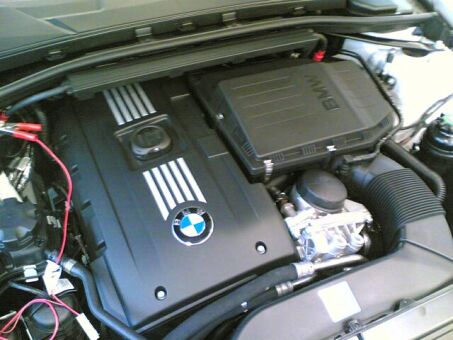
The BMW N54 engine, used in models like the 335i and 135i, was known for its high-performance capabilities but plagued by reliability issues. The engine’s turbochargers often failed prematurely, and the high-pressure fuel pump was prone to failure. These issues led to frequent repairs and high maintenance costs.
Saab B205/B235
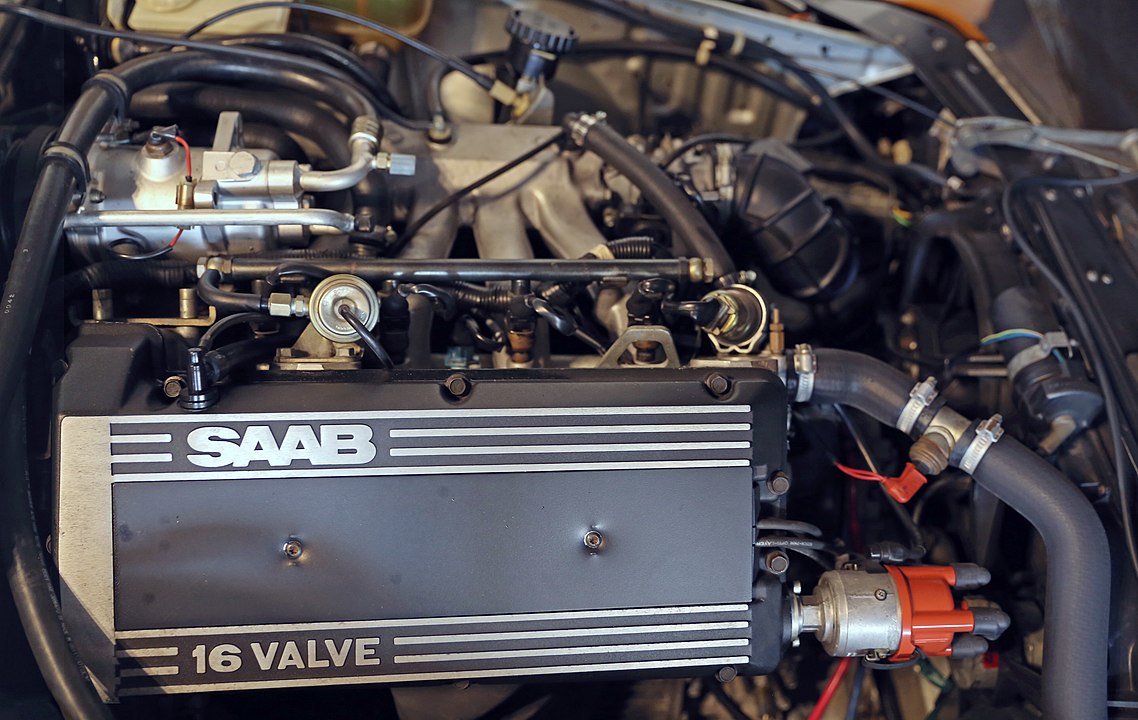
The Saab B205 and B235 engines, used in models like the 9-3 and 9-5, suffered from oil sludge problems and timing chain failures. The engine’s poor design led to sludge buildup, causing poor lubrication and eventual engine failure. Additionally, timing chain failures were common, resulting in expensive repairs. Note that the image shown is a 16 valve B202 engine.
Dodge 2.7L V6
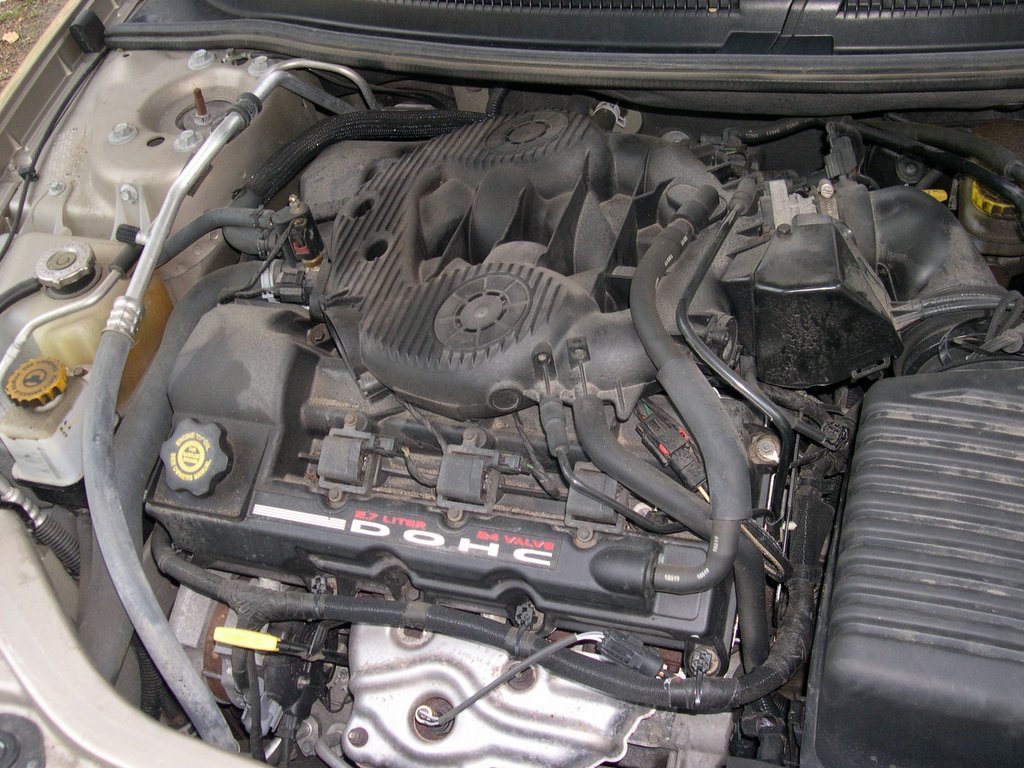
The Dodge 2.7L V6 engine, used in models like the Intrepid and Stratus, was notorious for oil sludge issues and timing chain failures. The engine’s poor design led to sludge buildup, causing poor lubrication and eventual engine failure. These frequent failures resulted in high repair costs and a tarnished reputation for Dodge.
Ford 4.2L V6
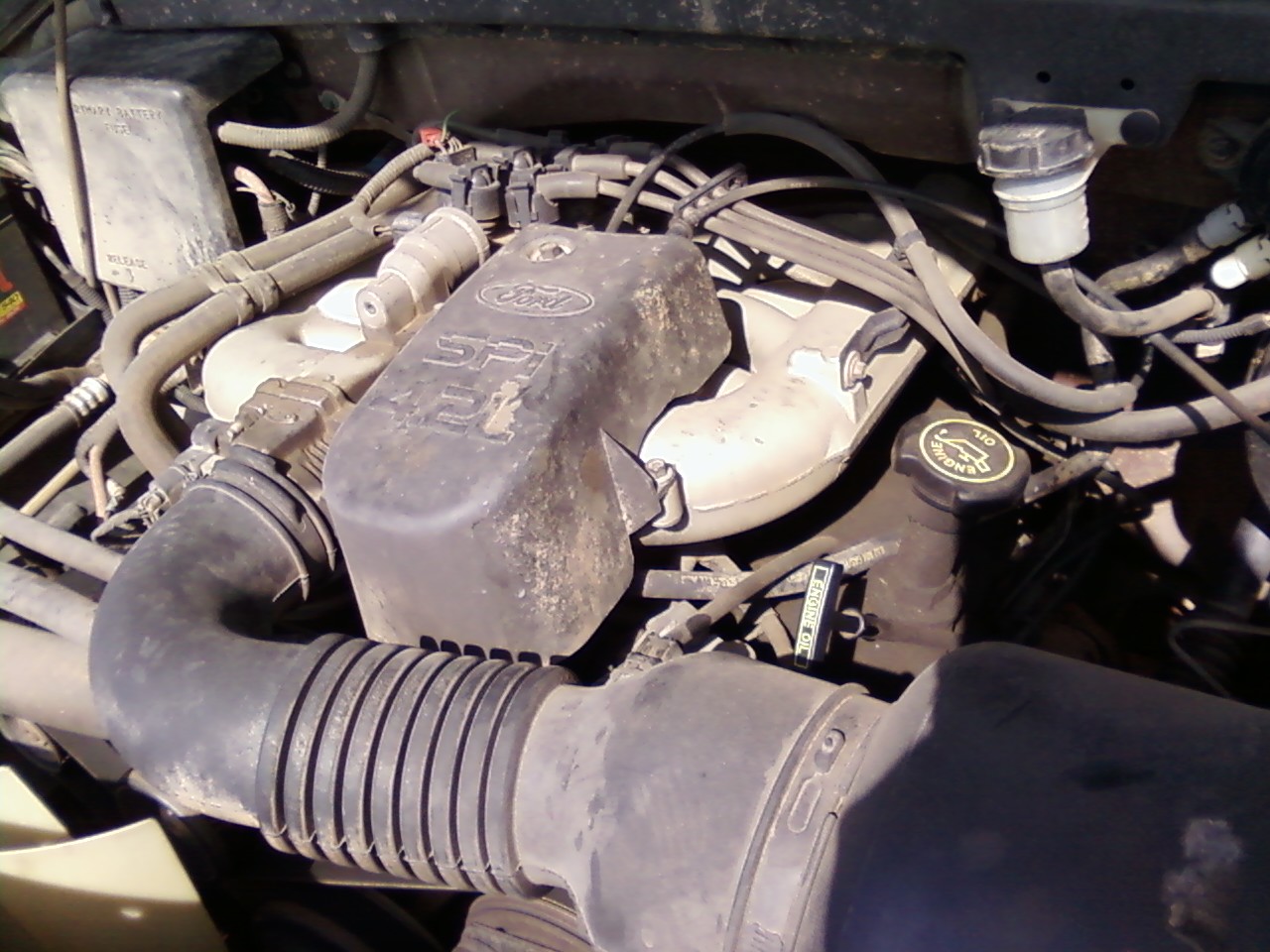
The Ford 4.2L V6 engine, used in models like the F-150 and E-150, suffered from intake manifold gasket failures and excessive oil consumption. The engine’s poor design led to coolant leaks, causing overheating and engine damage. Repairing these issues was expensive, making this engine a costly burden for owners.
Toyota 3.0L V6 (3VZ-FE)
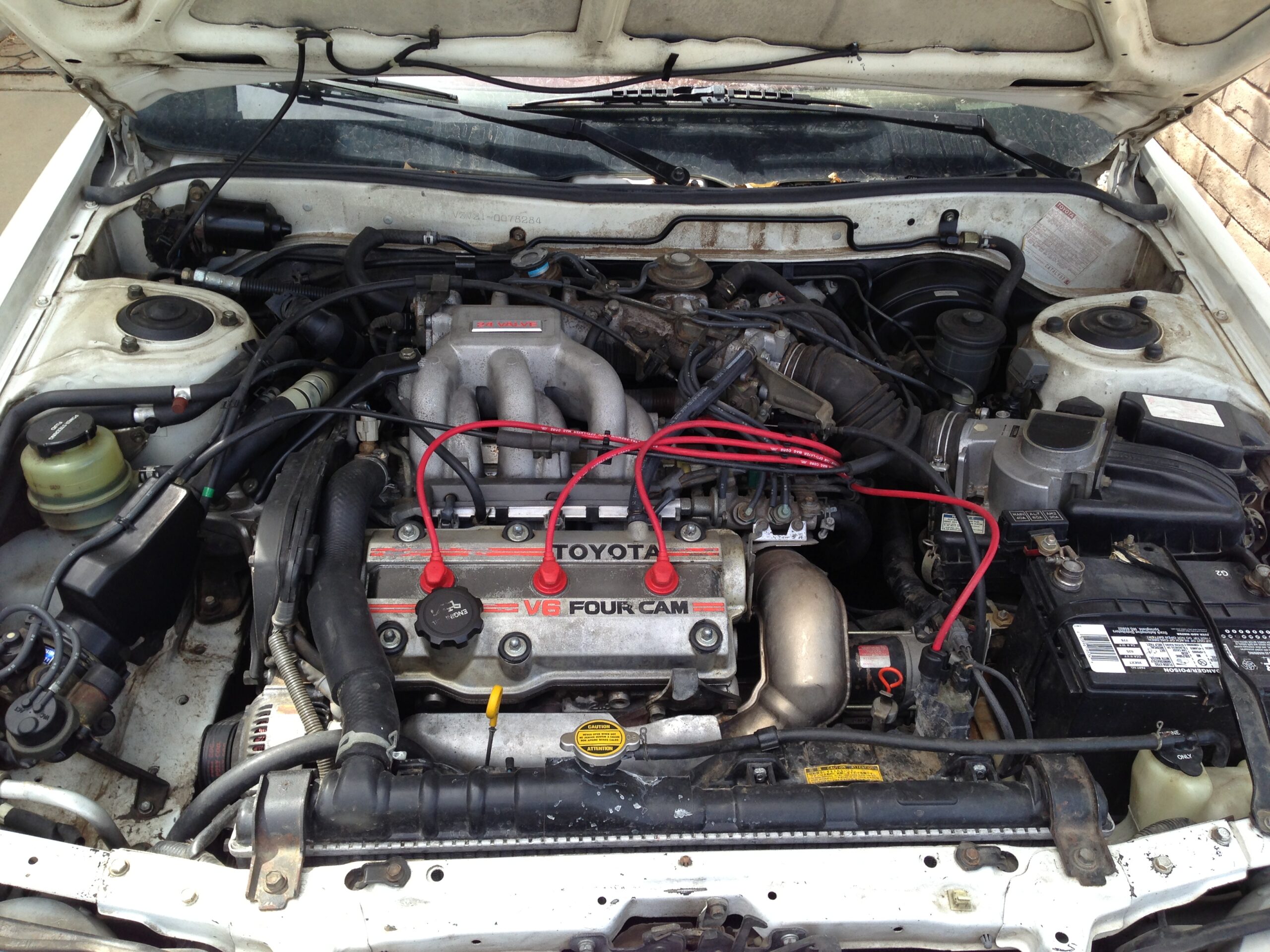
The Toyota 3.0L V6 (3VZ-FE) engine, used in models like the Camry and 4Runner, was known for head gasket failures and poor performance. The engine’s poor design led to frequent coolant leaks and overheating, resulting in costly repairs. These issues tarnished Toyota’s reputation for reliability. Note that the image shown is a A 2.5 L Toyota 2VZ-FE DOHC V6 engine.
Nissan 2.5L I4 (QR25DE)
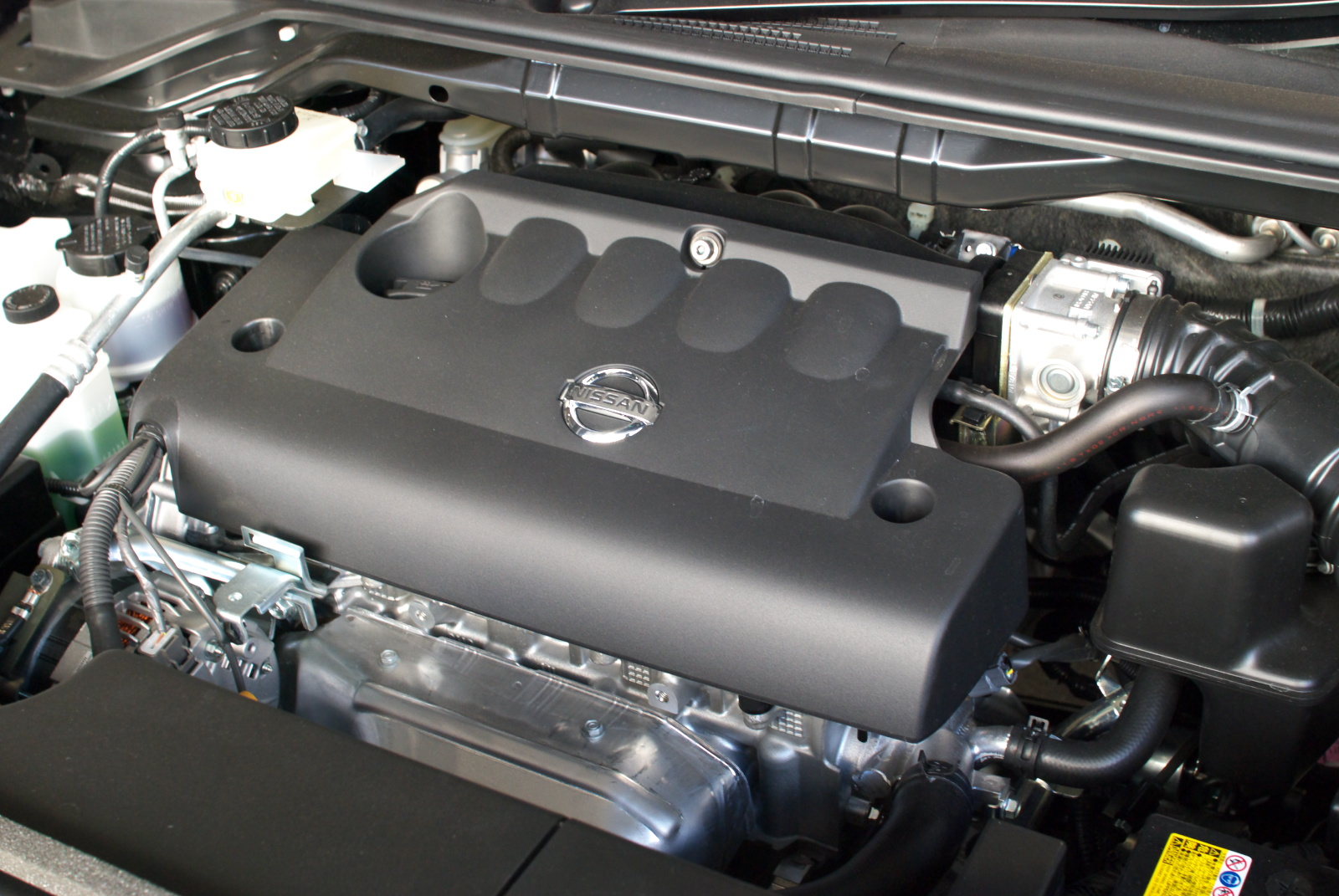
The Nissan 2.5L I4 (QR25DE) engine, used in models like the Altima and Sentra, suffered from excessive oil consumption and timing chain failures. The engine’s poor design led to premature wear of the timing chain, resulting in expensive repairs. Additionally, excessive oil consumption was a common problem.
Chrysler 2.4L I4
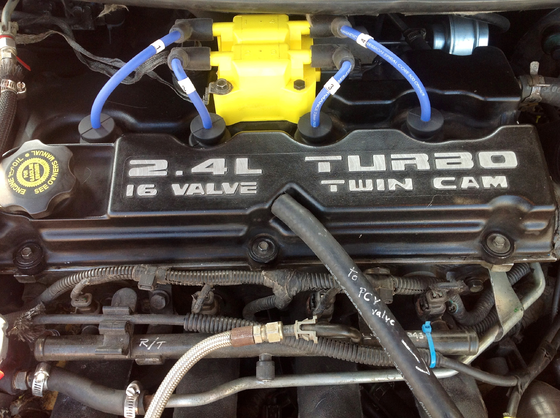
The Chrysler 2.4L I4 engine, used in models like the PT Cruiser and Dodge Neon, was known for head gasket failures and oil sludge issues. The engine’s poor design led to frequent coolant leaks and overheating, resulting in costly repairs. Additionally, sludge buildup caused poor lubrication and eventual engine failure.
Volkswagen 2.0L TSI
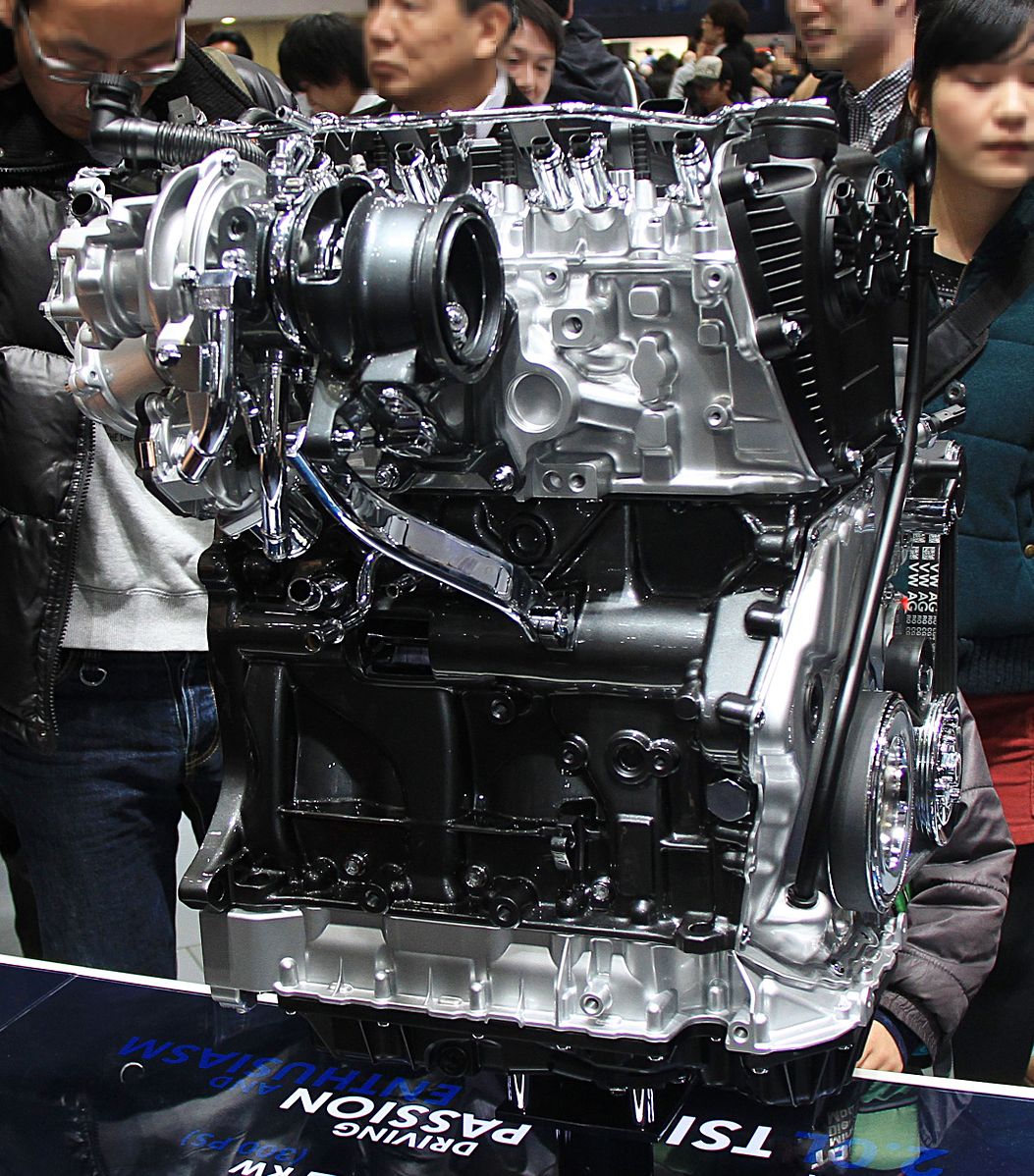
The Volkswagen 2.0L TSI engine, used in models like the Golf and Passat, was plagued by timing chain tensioner failures and excessive oil consumption. The engine’s poor design led to premature wear of the timing chain tensioner, resulting in expensive repairs. Additionally, excessive oil consumption was a common problem, leading to frequent top-ups and potential engine damage.
This article originally appeared on MyCarMakesNoise.
More from MyCarMakesNoise
10 Strategies Big Oil Used to Counteract Electric Vehicle Momentum

From lobbying against pro-EV legislation to funding misinformation campaigns, this article explores the various strategies that have been employed to maintain the dominance of gasoline-powered transportation. Read More.
10 American Cars with Superior Aerodynamics
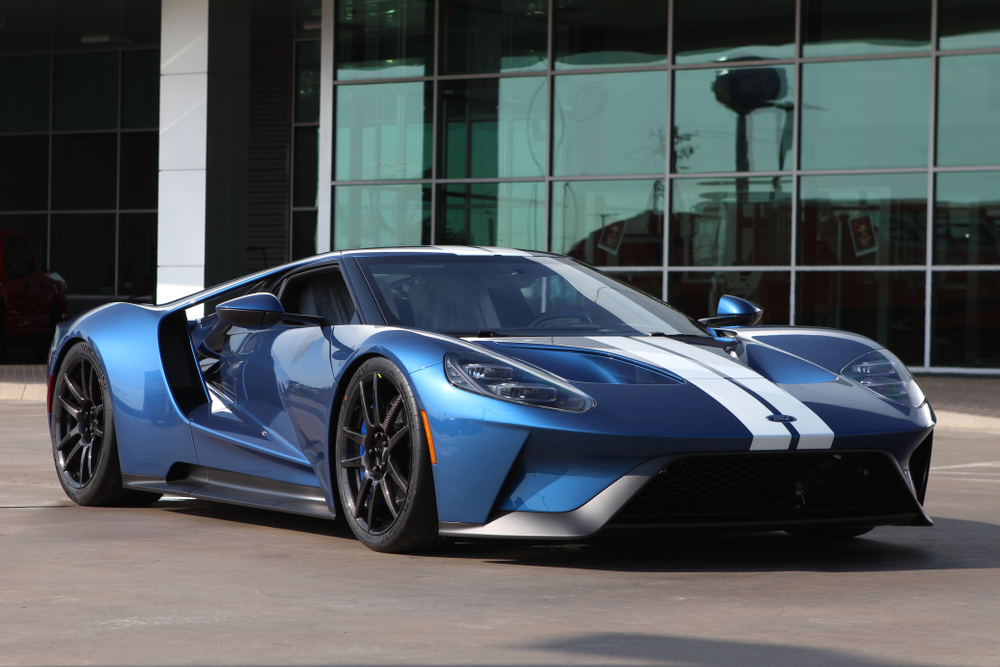
In the quest for speed, efficiency, and cutting-edge design, aerodynamics plays a pivotal role in the automotive world. From the groundbreaking electric propulsion of the Tesla Model S to the race-track-ready contours of the Dodge Viper ACR, each vehicle on this list represents a unique fusion of form and function, shaped by the relentless pursuit of aerodynamic perfection. Read More.
15 Long Haul Truck Driving Myths You Should Stop Believing

Long-haul truck driving is often surrounded by myths and misconceptions that can create a distorted view of this vital profession. From the lifestyle of truckers to the safety and regulations they follow, many beliefs simply aren’t true. Read More.

